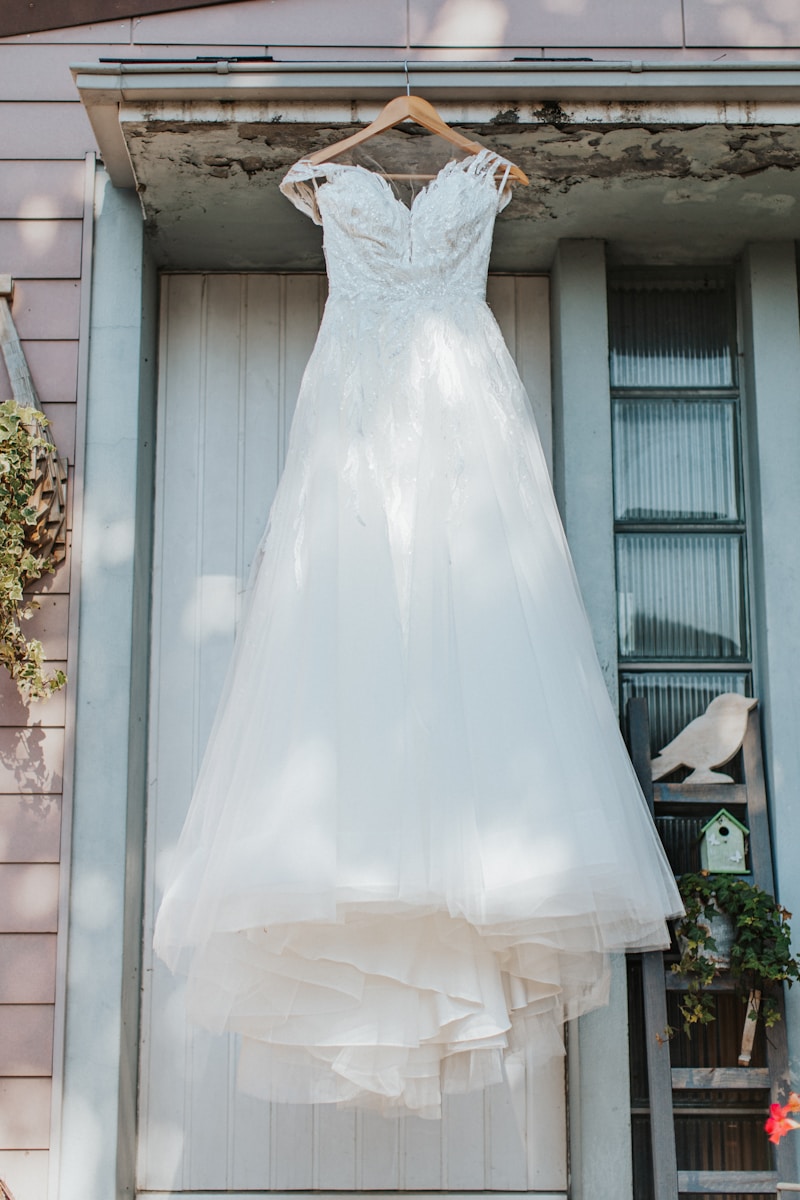Exploring Memorable Wedding Dress Styles from Different Cultures
Exploring Memorable Wedding Dress Styles from Different Cultures
Wedding dresses hold a significant place in various cultures worldwide, each style representing the unique heritage, traditions, and beliefs of different communities. Whether you are planning your own wedding or simply fascinated by the diversity of bridal fashion, this article will delve into the most memorable wedding dress styles from different cultures, showcasing their beauty and significance.
Understanding the Importance of Wedding Dresses
Wedding dresses symbolize love, commitment, and the union of two people from different backgrounds. They are often steeped in cultural significance, representing everything from purity and joy to tradition and social status. This is why many couples take great care in choosing their wedding attire, often inspired by their cultural heritage.
Popular Wedding Dress Styles from Around the World
| Culture | Wedding Dress Style | Key Features |
| Western (USA/Europe) | Classic White Gown | Long train, lace details, often strapless |
| India | Saree or Lehenga | Bright colors, intricate embroidery, often paired with a dupatta |
| China | Qipao (Cheongsam) | Fitted style, high collar, rich colors, and embroidery |
| Japan | Shiarakushi | White silk robe, layered with colorful obi sashes |
| Mexico | Mexican Wedding Dress | Vibrant colors, often adorned with floral designs |
Western Wedding Dresses
The classic white gown has become synonymous with Western weddings, particularly in the United States and Europe.  Iconic figures like Queen Victoria popularized this trend in the 19th century. These dresses usually feature elegant lace designs, long trains, and a variety of necklines, embodying a sense of tradition and formality. The white color often symbolizes purity and new beginnings, which makes it a popular choice for brides.
Iconic figures like Queen Victoria popularized this trend in the 19th century. These dresses usually feature elegant lace designs, long trains, and a variety of necklines, embodying a sense of tradition and formality. The white color often symbolizes purity and new beginnings, which makes it a popular choice for brides.
Indian Wedding Attire
In India, weddings are grand celebrations rich in color and tradition. Brides often wear a saree or a lehenga, garments adorned with intricate embroidery and embellishments.
Traditional Chinese Wedding Dress
The traditional Chinese wedding dress, known as the qipao or cheongsam, is a form-fitting gown that often features a high collar and beautiful embroidery.
Japanese Wedding Dress
In Japan, wedding attire can include a shiro-muku, a pure white silk kimono that signifies purity.
Mexican Wedding Dresses
Mexican weddings are vibrant celebrations filled with color and culture. The traditional wedding dress often includes beautiful floral designs and bright colors.
Significance of Cultural Elements in Wedding Dresses
Each wedding dress style reflects the cultural beliefs and traditional practices of its origin. For example, in many Eastern cultures, red is the dominant color, symbolizing happiness and good fortune. In Western cultures, the color white is prevalent, representing purity and new beginnings. Understanding these symbols enhances the appreciation of diverse wedding dress styles.
In modern times, couples often merge styles from different cultures, leading to creative hybrid wedding dresses that tell their unique love story. This fusion of styles serves to honor both families’ heritages and create a memorable wedding experience.
Choosing the Perfect Wedding Dress
Choosing a wedding dress can be daunting, especially with so many options inspired by different cultures. Here are some tips to assist you in making the best decision:
- Research Traditional Styles: Familiarize yourself with styles from your culture and your partner’s culture. This helps you understand the significance behind each design.
- Consider Your Venue: The setting of your wedding may influence the type of dress you choose. A beach wedding might call for a lighter, simpler dress, while a church ceremony may be more suitable for a traditional gown.
- Budget Wisely: Wedding dresses can range significantly in price. Set a budget before you start shopping and consider exploring local designers or second-hand options.
- Fit and Comfort: Ensure your dress fits well and allows for ease of movement. After all, you will be wearing it for several hours.
- Personal Style: Choose a dress that reflects your personal style and makes you feel beautiful on your special day.
Conclusion
Wedding dresses are more than just garments; they are enduring symbols of love, culture, and tradition. From the elegant white gowns of Western cultures to the vibrant veils of Indian weddings, every style offers a unique narrative that enriches the celebration of love and unity. As you embark on your wedding planning journey, remember to honor your heritage while embracing creativity in your choice of attire. With the right dress, you will not only look beautiful but also carry the stories and traditions of your cultures into your new life together.
Take your time to explore different styles and their meanings. Whether you choose a traditional dress or a fusion of styles, ensure that what you wear reflects your unique journey as a couple. Happy wedding planning!
